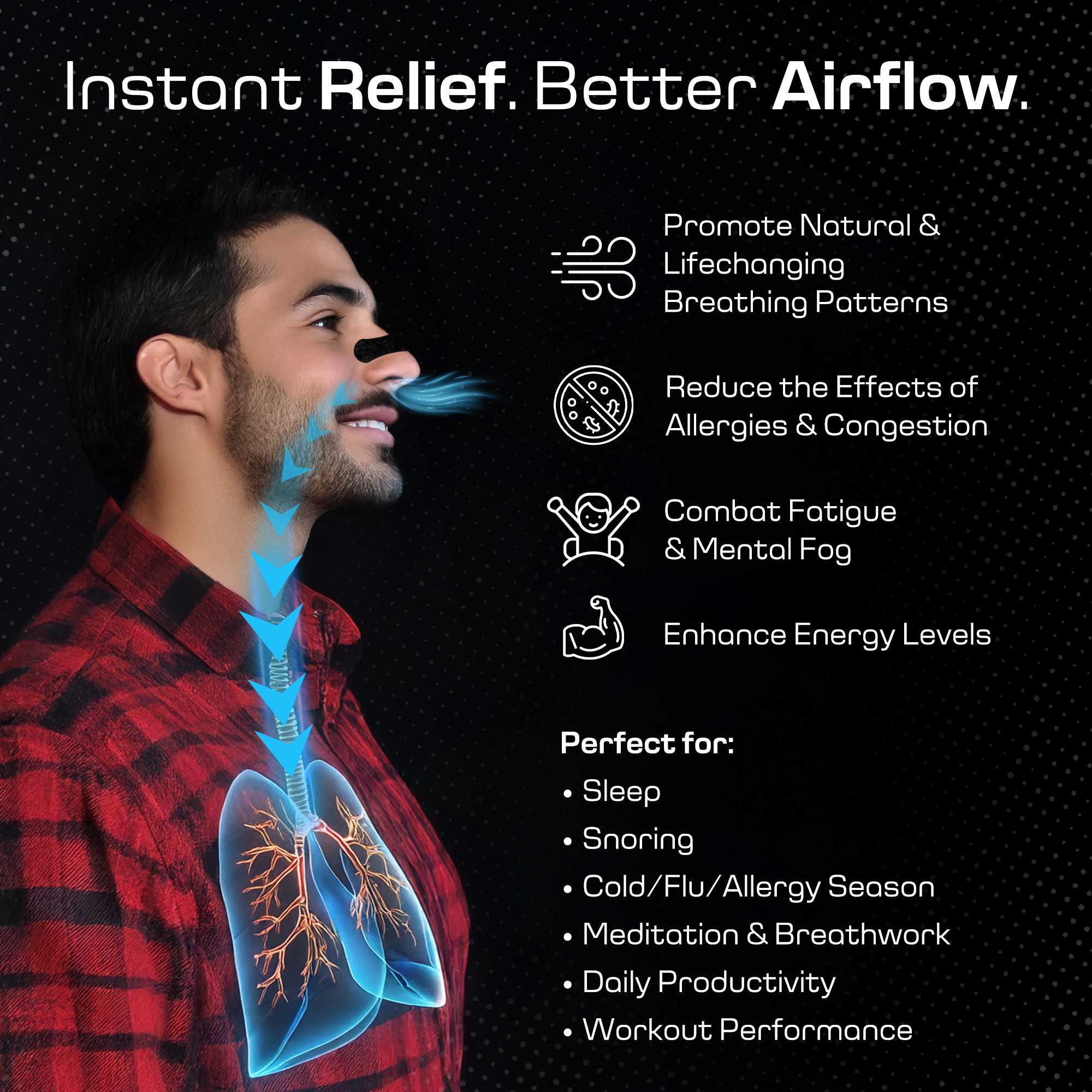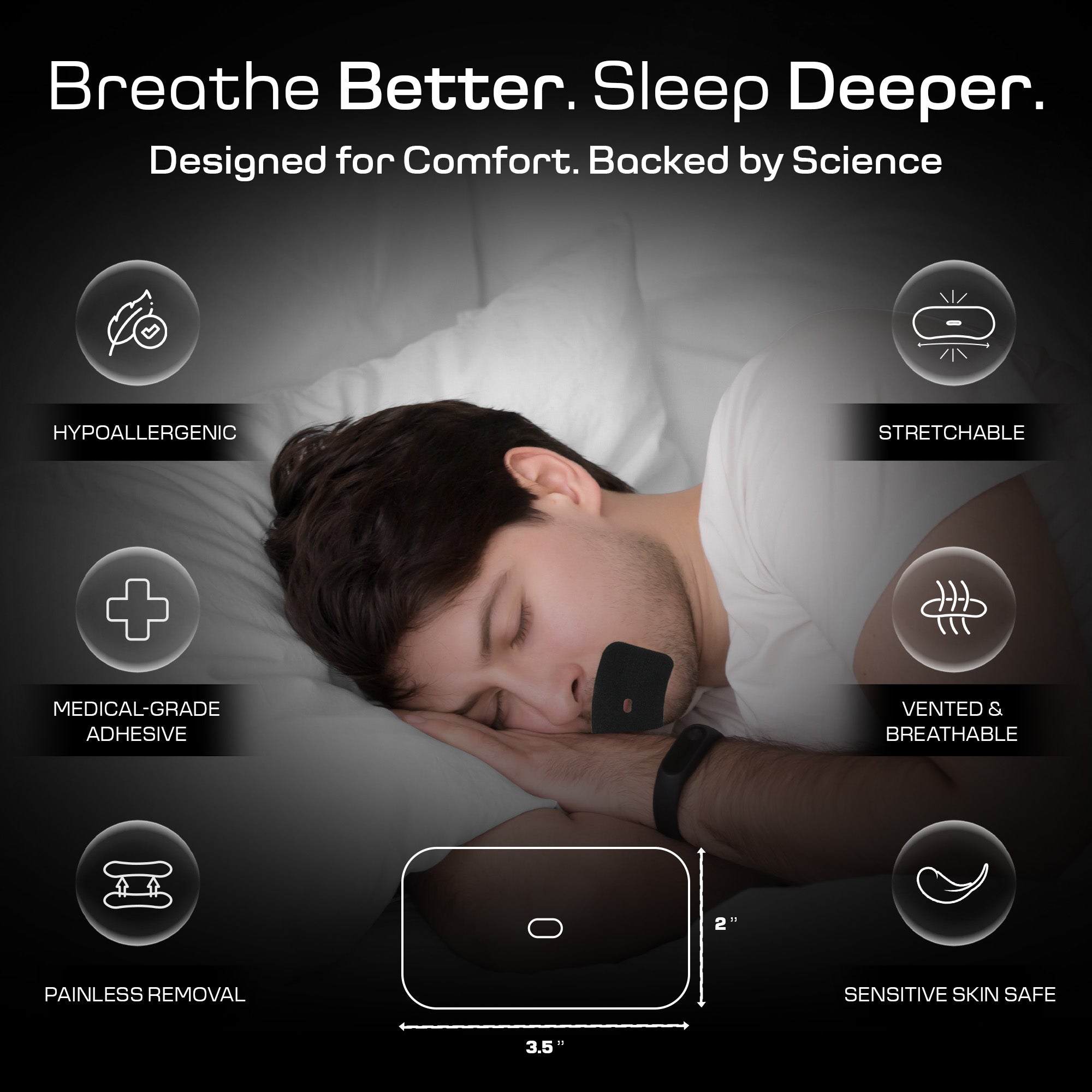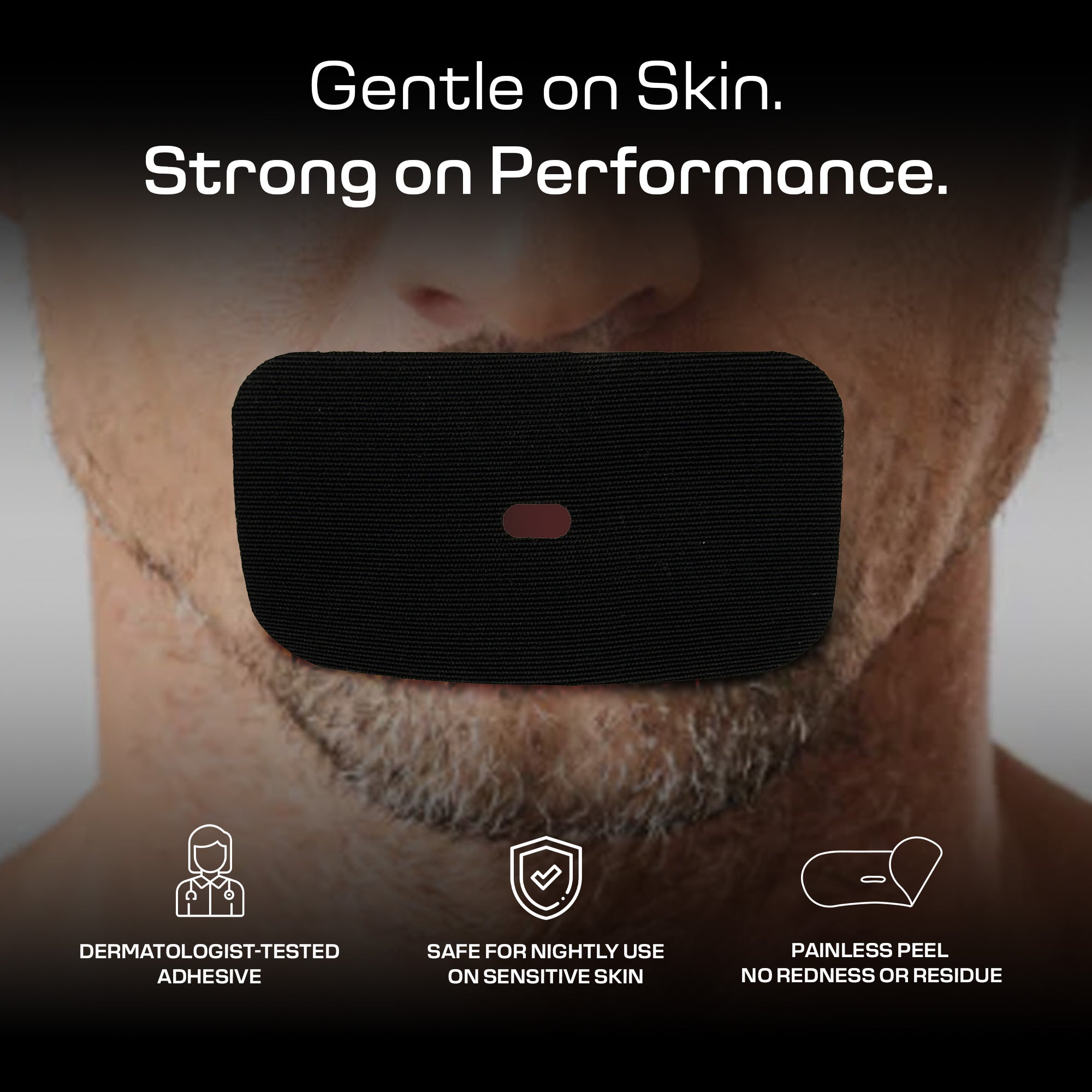Mouth breathing is a common yet often overlooked issue that can have significant impacts on overall health and well-being. Whether due to nasal congestion, allergies, or other underlying conditions, breathing through the mouth instead of the nose can lead to various short-term and long-term health problems. In this blog post, we'll explore the causes, effects, and solutions for mouth breathing, emphasizing the importance of proper breathing techniques for better health.
Causes of Mouth Breathing
Nasal Congestion
Nasal congestion is one of the primary causes of mouth breathing. When the nasal passages are blocked due to colds, allergies, or sinus infections, individuals may resort to breathing through their mouths to get enough air.
Allergies
Allergies to pollen, dust, mold, or pet dander can cause inflammation and swelling in the nasal passages, making it difficult to breathe through the nose.
Structural Issues
Certain structural issues, such as a deviated septum or enlarged adenoids and tonsils, can obstruct the nasal passages, leading to mouth breathing.
Habitual Mouth Breathing
Sometimes, mouth breathing becomes a habit, especially in children. This can develop from early childhood due to frequent colds or respiratory infections.
Sleep Apnea
Obstructive sleep apnea, a condition where the airway becomes partially or completely blocked during sleep, can cause individuals to breathe through their mouths, leading to disrupted sleep and snoring.
Effects of Mouth Breathing
Dental Problems
Mouth breathing can cause dental issues such as dry mouth, bad breath, and an increased risk of tooth decay and gum disease. It can also lead to malocclusion, where the teeth do not align properly.
Sleep Disturbances
Mouth breathing is often associated with snoring and sleep apnea, both of which can lead to poor sleep quality. This can result in daytime fatigue, difficulty concentrating, and mood disturbances.
Dry Mouth and Throat
Breathing through the mouth can cause the mouth and throat to become dry, leading to discomfort and a higher risk of infections.
Reduced Oxygen Intake
Nasal breathing filters, warms, and humidifies the air, ensuring optimal oxygen intake. Mouth breathing bypasses these benefits, potentially reducing oxygen levels in the blood and affecting overall health.
Facial Development
In children, chronic mouth breathing can affect facial development, leading to long-term changes in facial structure and alignment issues with teeth and jaws.
Solutions for Mouth Breathing
Nasal Strips and Decongestants
Using nasal strips can help open up the nasal passages, making it easier to breathe through the nose. Decongestants and antihistamines can also help reduce nasal congestion caused by allergies or colds.
Breathing Exercises
Practicing breathing exercises can help retrain your body to breathe through the nose. Techniques such as diaphragmatic breathing can improve nasal breathing patterns.
Addressing Allergies
Managing allergies through medication, avoiding allergens, and using air purifiers can help reduce nasal congestion and promote nasal breathing.
Corrective Surgery
For structural issues like a deviated septum or enlarged tonsils, corrective surgery may be necessary to improve airflow through the nose.
Mouth Tape
Using mouth tape at night can help prevent mouth breathing during sleep. Mouth tape encourages nasal breathing by keeping the mouth closed.
Humidifiers
Using a humidifier in your bedroom can help keep the air moist, reducing the dryness associated with mouth breathing.
Dental Devices
In cases of sleep apnea, dental devices that reposition the jaw and tongue can help keep the airway open and reduce mouth breathing.
Conclusion
Understanding the causes, effects, and solutions for mouth breathing is crucial for improving your overall health and well-being. By addressing the underlying issues and adopting effective strategies, you can transition to nasal breathing and enjoy better sleep, enhanced oral health, and improved oxygen intake. Prioritize proper breathing techniques and explore the various solutions available to combat mouth breathing.

























